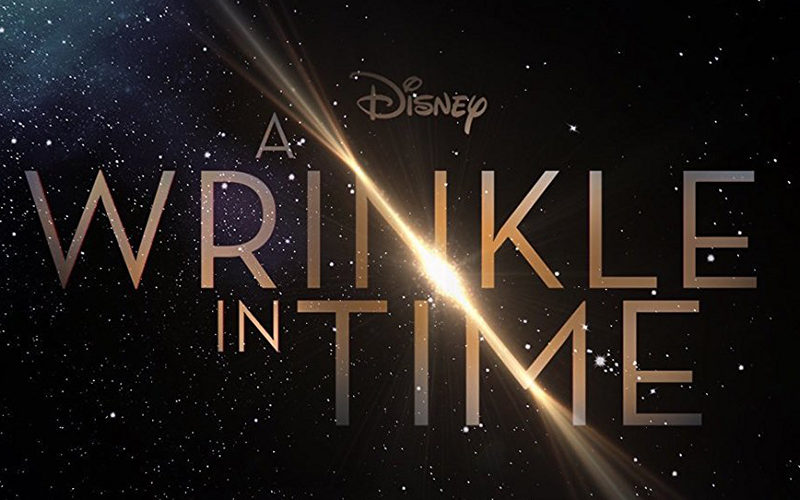Good. Evil. Wonder. Hate. Love. Philosophy.
But no Jesus.
That would be “A Wrinkle in Time.” Based on author Madeleine L’Engle’s book, this movie adaptation is overwhelming in intent yet underwhelming in delivery. Audiences of all ages have been waiting to see how well the novel would translate to the screen only to end up sorely disappointed.
So should you take students to go see it?
I certainly haven’t given you a reason to thus far. Then again, what if the reason the movie falls flat is the very reason to see it?
This adaptation boasts a virtual overload of spectacular imagery that is sadly lackluster. Even the ordinary human-to-human scenes combine low-energy acting and upward-tilted camera angles to leave one wondering if something important might happen soon. Only, that important thing never seems to fully develop. It’s as if we’re touring Willy Wonka’s psychedelic tunnel on a paddleboat shaped like Oprah’s head.
And there’s the divine blur. The villain “IT” personifies evil, but we never truly understand how it exists or what its agenda means. The three immortal females describe themselves and their general purpose, yet leave you wondering if you caught any of it. Human beings take part in astral travel using their minds, perhaps because of magic or perhaps because of physics (it’s just not clear).
Again, all of this may be a great reason to see this film with students. I personally went with a dozen teenagers and had a meal together afterward. We all agreed it was a muddied mess that somehow was an unintentional-yet-effective object lesson on spiritual disconnection—namely, “What happens when we try to claim what Jesus offers without claiming Jesus?” Here are some of the questions we asked to flip the flop of “A Wrinkle In Time”:
- Sometimes movies try too hard to be meaningful. What are the values this film tries to highlight, and what do you think about those values?
- Meg, a 13-year old, starts out the film stuck in sadness four years after her father’s disappearance. What if instead of encountering the three women she encountered Jesus? What do you think would have been different?
- Which of the characters did you most find yourself tuned into? What do you think that character at the beginning of the film believes about God?
- One of the magical women mentions famous people who have served as warriors to the light. In the book version she mentions Jesus among many people like Gandhi and Leonardo Da Vinci, but here she leaves him out. Apparently, the filmmakers made a culturally sensitive decision to leave Jesus out of that list—why do you think they did that?
- If Mrs. Who quoted people you know instead of famous people, what is some of the “wisdom” she’d offer?
- If you had to guess, what do you think the creators of this movie believe about Jesus? What gives you that impression?
- If you had to assign a mainstream religion to the spirituality represented in this film, which would you pick? Why?
- How is this film like or unlike other Disney film? What is the basic philosophy of a typical Disney film, in your opinion?
- What do you think about the idea that Meg needed to embrace her flaws? How is this like or unlike what it means to come to Jesus? Specifically, the movie said she could conquer evil just by doing this alone—what do you think of that?
Every generation has its preferred spirituality—a cultural ethos that people articulate without ever realizing what they’re doing. A Wrinkle In Time reflects that through its overemphasis on the human will, multi-racial empowerment, fortune-cookie wisdom and, well… a (literal) larger-than-life Oprah. It is less about Christianity and more about transcendentalism; less about being substantial and more about being stunning.
To its credit, there is one scene that is worth watching over and over again. I won’t spoil it for you because you’ll know it when you see it. It is the only three-dimensional scene in this two-dimensional film attempting to be a four-dimensional offering.
There are only so many not-so-controversial movies in theaters every year, but that doesn’t obligate us to see them. One might, in contrast, argue that any “clean” movie is a no-brainer to take students to see. I’d offer that the key is in whether or not you can debrief it, as you wouldn’t want to waste two hours of your life.
That would be “A Wrinkle in Time.”



